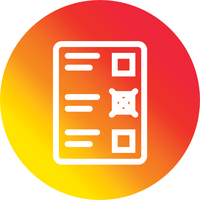IEC 62304 compliance with GitLab
Note
The information provided on this website is for informational purposes only. This information is not legal advice. It’s not comprehensive and does not in itself guarantee IEC 62304 compliance. To achieve IEC 62304 compliance, we recommend consulting with specialists.
Process control
Software development plans and processes can be created, managed and referenced using the GitLab Wiki. It can be used as a comprehensive documentation system to seamlessly reference and integrate your plans and processes throughout the software development lifecycle.
Requirements management
Templates can be created for system, development and customer requirements and easily incorporated into the development process. Task lists and Kanban boards provide both developers and reviewers with easy ways to plan and track tasks.
To enforce requirements and coding standards, you can use Merge Reuqests, an approval process that only allows authorised reviewers to merge the changes made. Using protected branches, you can set detailed permissions on who can make changes and where.
GitLab configured as a service desk allows interaction with customers and external stakeholders to get feedback from them and interact with them.
Traceability
Traceability can be maintained through labels and relations between issues throughout the software development lifecycle. Labels not only allow tasks and merge requests to be facilitated, but notification can also be ensured by subscribing to individual labels.
With the activity log, it remains traceable when which changes were made and by whom.
Risk management
Every code change can be automatically checked for security vulnerabilities with static program analysis. After a scan, a report is generated directly at the merge request, ensuring traceability.
Once risks have been identified, efforts to address them can be planned and documented with issues.

